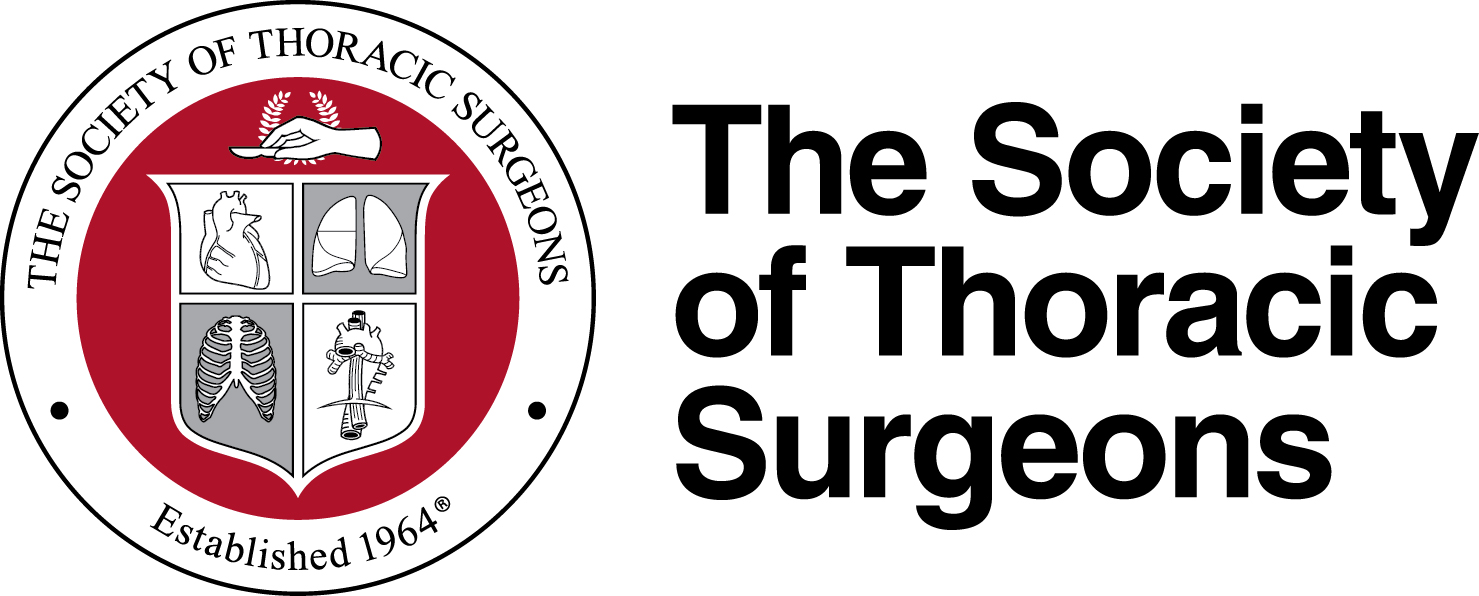Chicago – High risk patients have better outcomes when undergoing aortic valve replacement (AVR) at hospitals that perform high volumes of the procedure, according to a study in the November 2013 issue of The Annals of Thoracic Surgery.
AVR, with or without coronary artery bypass grafting (CABG) surgery, is the most commonly performed valvular procedure in the United States, and as the population ages the number of these procedures is expected to increase.
“The growing use of transcatheter aortic valve replacement as a viable alternative to conventional AVR for certain patient groups warranted an examination of patient outcomes for conventional AVR,” said the study’s lead author Himanshu J. Patel, MD, from the University of Michigan Medical Center in Ann Arbor and the Michigan Society of Thoracic and Cardiovascular Surgeons Quality Collaborative (MSTCVS-QC).
Dr. Patel and colleagues reviewed outcomes for isolated AVR and AVR with CABG procedures performed at 33 hospitals in Michigan between January 2008 and December 2011 to assess hospital and surgeon volume relationships with patient outcomes.
Using the MSTCVS-QC database, the authors identified 3,487 patients who underwent isolated AVR and 2,738 patients who underwent AVR with CABG during the study period. The median age of the patients was 72. The data came from 100 cardiothoracic surgeons.
The researchers found that post-operative outcomes for high-risk patients appeared to be better at high-volume hospitals, but hospital volume did not impact low-risk patient outcomes. Additionally, individual surgeon volume had no impact on patient outcomes.
Importance of Robust Clinical Data Many previous examinations of early mortality following AVR used administrative datasets, which have been criticized for lack of accuracy and availability of clinical information.Therefore, the researchers said the results of this study are unique because the MSTCVS-QC is a multidisciplinary collaborative consisting of all 33 hospitals performing adult cardiac surgery in Michigan. All data submitted to the STS National Database from this group are simultaneously submitted to the MSTCVS-QC and are audited.
“Our results allow the MSTCVS-QC to review the preparation, planning, and conduct of operations in the most complex patient groups, creating a platform for analysis, open discussion, and quality improvement,” said Dr. Patel. “The next step may be to identify the processes of care for AVR from the higher-volume hospitals that can be embraced by lower-volume hospitals. Our goal is to improve patient outcomes at all institutions in Michigan.”
###
For a copy of the study, contact Cassie Brasseur at 312-202-5865 or [email protected].
Founded in 1964, The Society of Thoracic Surgeons is a not-for-profit organization representing more than 6,700 cardiothoracic surgeons, researchers, and allied health care professionals worldwide who are dedicated to ensuring the best possible outcomes for surgeries of the heart, lung, and esophagus, as well as other surgical procedures within the chest. The Society’s mission is to enhance the ability of cardiothoracic surgeons to provide the highest quality patient care through education, research, and advocacy.
The Annals of Thoracic Surgery is the official journal of STS and the Southern Thoracic Surgical Association.
MEDIA CONTACT
Register for reporter access to contact detailsCITATIONS
Ann Thorac Surg 2013;96:1560–6
